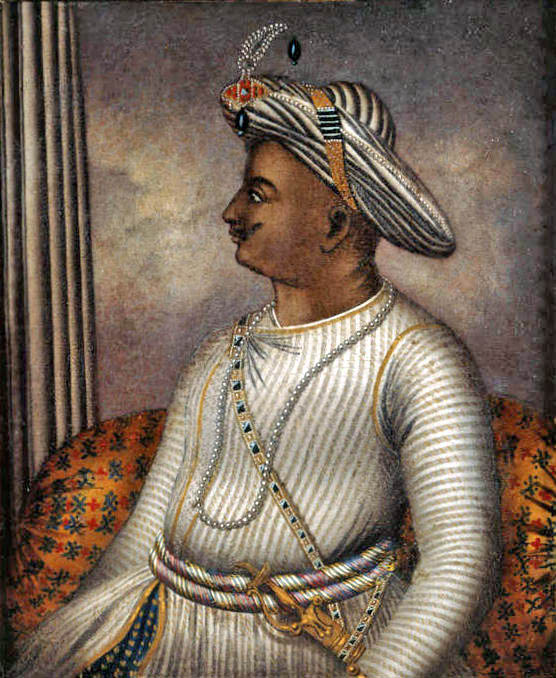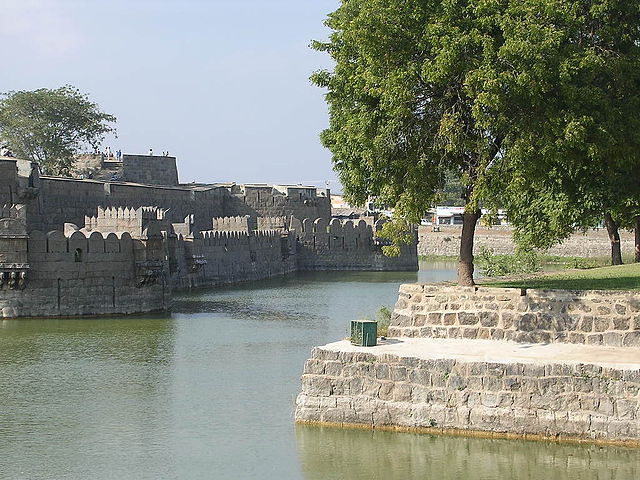One of the characters in my forthcoming book The Disappearance of Maria Glenn1 is Tom Woodforde, the son of a prominent Taunton banker and surgeon. There is not much information about him in the archives, but what there is indicates an unpleasant character hiding under a veneer of liberal values.
As a teenager, Woodforde had left Taunton for India and a career in the East India Company. He rose quickly and had the distinction of having, as Collector of Dhaka-Jalalpur, hired Rammohun Roy as a diwan or clerk. Roy later became prominent as a religious, social and educational reformer and was applauded by the British for his efforts to eradicate suti, the practice of Hindu widows throwing themselves on their husband’s funeral pyre, and child marriage.
But Woodforde’s career came to an abrupt end in 1806 when he was dismissed for insulting a Muslim policeman during the funeral of Meer Kader Ali, one of Tipu Sultan’s sons, near Kolkota. Woodforde, who was at time the Register of the Court of Appeal at Moorshedabad, demanded that the dead prince’s shroud be removed so that he could see the face of the corpse.
The police officer in charge, a man called Nazir Khyroola, would not allow this and a bitter altercation followed. Khyroola later testified:
Mr Woodforde called me in the English language “a Rascal and a Son of a Bitch” and said in Hindi, “do you remove the shroud and show me the face of the deceased.” I again told him it was not in my power to comply with his orders.
Khyroola alleged that Woodforde stood too close to the corpse and refused to move away when requested, and later held his fist up to him in a threatening way. He continued:
I told him if he persisted in interrupting the occasion he would be confined, on which Hyder Hossain Khan, the relative of the deceased, earnestly requested me not to pay any further attention to Mr Woodforde’s conduct, though he continued to use very threatening and abusive language while the procession passed towards the place of interment.
One of the witnesses provided a description of Woodforde:
[He was] marked with the smallpox and holding an eyeglass in his hand.
Woodforde soon found himself under investigation by his superiors for his disrespectful behaviour. Although it was probably not uncommon in India to see Europeans behaving with insouciant arrogance, he could not have chosen a worse time to upset people.
In 1805, a thousand miles to the south at Vellore Fort in Tamil Nadu, the British had tried to introduce a new dress code to their Indian soldiers: Hindu soldiers were no longer allowed to show caste marks on their foreheads, earrings were banned and turbans were to be replaced with a round hat. Muslim soldiers were not allowed beards and had to trim their moustaches.
On 10 July 1806, just two months before Woodforde chose to pick a fight, Hindu and Muslim sepoys, reacting to years of poor pay and decreasing status and fearing that the British were seeking to convert them to Christianity, turned on their colonial masters with unprecedented ferocity. Between 100 and 200 British soldiers and 14 officers were killed and many more wounded. Men were attacked in their hospital beds.
The rebellion may have been encouraged by the presence of Tipu Sultan’s family at Vellore Fort. His 12 sons (the Mysore Princes) and eight daughters, and their vast entourage, had been prisoners of the British since 1799 and lived in splendour, albeit stripped of power, in part of the fort complex. The eldest son of Tipu Sultan was declared the rebels’ leader, and Tipu’s flag was hoisted.

A British soldier escaped and managed to get to the garrison based 16 miles away. Soon a force of only 20 men gathered and was riding with all speed to Vellore, where they climbed the ramparts and made a bayonet charge. Before long they were joined by reinforcements and by 2pm the rebellion was over. The mutiny had lasted little more than a day. In the bloody aftermath, 350 sepoys were put to death.

Tipu Sultan’s sons were resettled in Kolkota, where one of them died. It was his body that became the object of Woodforde’s attention.
The East India Company was now desperate to mend fences and Woodforde’s behaviour imperilled whatever progress they had made.
It did not help that Woodforde refused to apologise and continued to insult Khyroola in the statement he made in his defence. Woodforde called him a “necromancer”, alleging that this “contemptible character” used magic to try to discover the location of stolen goods, and that his account was full of missstatements and perjury.
The East India Company would not tolerate it. George Hilaro-Barlow, the Governor, wrote in a secret memo that he was anxious to demonstrate “the benevolence and cordiality of the British character in providing the means of conducting the funeral with every practicable degree of solemnity delicacy and decorum” and his “concern and displeasure at the interruption occasioned by Mr Woodforde’s interference and indecorous conduct.”
Tom Woodforde was instantly dismissed and was soon on a ship bound for England, protesting that his sacking was “illegal, irregular and unjust” and that he would soon be back. He never returned, although in 1833 Rammohun Roy toured England and intended to visit his old friend in Taunton but died in Bristol before he got the chance.
After India, Taunton may have seemed parochial and small but Woodforde seized on a local cause to become involved in: the destruction of Maria Glenn, a young woman who had dared to accuse a local farming family of abduction. Perhaps it was an opportunity to vent some of the frustrations of his own life.


How is Meer Kader Ali one of Tipu Sultan’s sons? I can’t find reference to him anywhere…?
Hello Q – I got my information here: http://discovery.nationalarchives.gov.uk/browse/r/006d778c-2c9d-4dd7-8293-5c9ae82ac4ab and here http://discovery.nationalarchives.gov.uk/details/rd/3b745682-5d3f-43e9-acca-84a22f98f405 – I viewed the documents at the British Library. I used the spelling of Meer Kader Ali in the documents. If I am wrong in details please let me know as book is about to go to press! Kind regards – Naomi